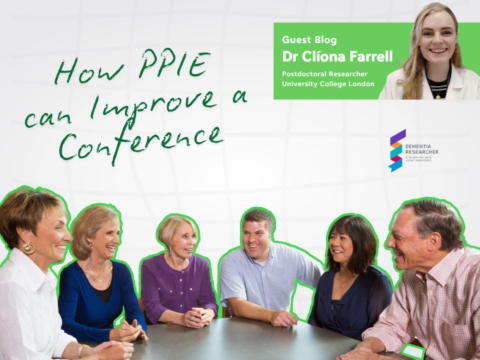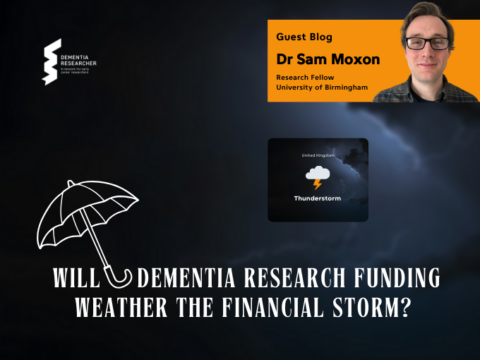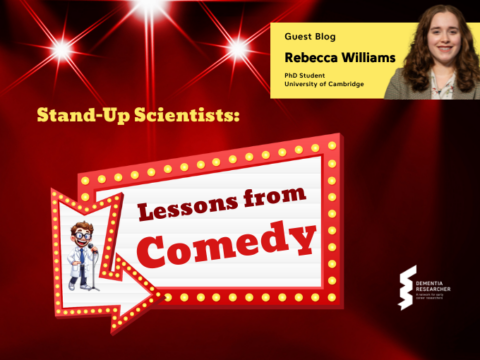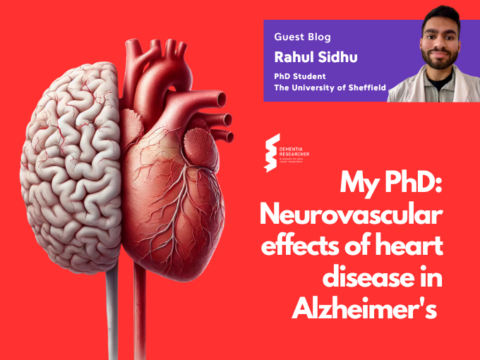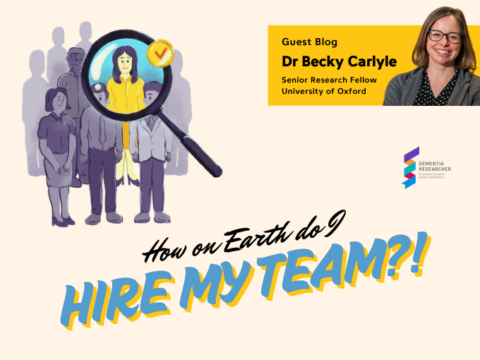I began my early career in a Knowledge Transfer Partnership (KTP) role which was designed to bridge the gap in industrial expertise by using the support from academic resources within a knowledge base. Essentially I was operating as the ‘middle-man’, as the role required bouncing ideas and agreeing project outcomes between the two stakeholders for a common, shared goal. Coming straight out of University, this seemed like I had hit the jackpot, how hard could that be? Fatefully, it took less than 2 months into the role to be informed by my KTP mentor that I had just embarked on one of the hardest tasks in the business world.
Our goal was to develop a dynamic lighting and sensing solution to support wellbeing for people living with dementia. On the one hand, the collaboration of knowledge input was second to none. For starters, I was working with an incredible lighting design company in Belfast with over 2 decades of experience delivering quality projects in healthcare, churches, schools, and offices to name a few. My industrial supervisor also happened to be an esteemed fellow of the Society of Light and Lighting, giving me an incredible platform to learn from. Secondly, I benefitted from an interdisciplinary team in the University, having knowledge input and support from both the School of Nursing and Pandemic Science and the School of Computing. Essentially, we had created a working group with the ability to both build and dissect the project from all perspectives. Sounds pretty ideal, right?
Now here is where the balance can become tricky. While the end goal of the project was agreed upon by every member of the team, some of the milestones along the way were less fixed. From an academic standpoint, pioneering novel research is a requirement of the institute, and so dissemination of results is placed extremely high on the priority list. Typically this type of traction would also be very beneficial for the leading company, with the caveat that it needs to be conducted at the right stage of the product lifecycle. To expand on this, the research we were conducting is novel, meaning there was an opportunity to break out onto the marketplace. However, the only way to put a ‘stamp’ of ownership on the project was to apply for a patent. For those of us who have gone down this route, it is a very time consuming and tedious process. Therefore by disseminating information about the technology at too early a stage could have proven detrimental for the company’s progression and economic growth, as the risk of larger companies with never-ending R&D budgets swooping in was much too great.
Therefore it became very natural for our seemingly perfect project to reach an impasse in relation to publications. We had to work smart to ensure timely knowledge-sharing while retaining our ‘secret sauce’ as it were. Acting as the common ground between the 2 sectors, I admit I felt an obligation to fulfil the needs of both sides as best possible, which sometimes made it hard to commit to a decision as I felt I was doing one sector an injustice. One of the hardest things I had to learn to do was to take a step back from the chaos of a day amidst the research and look at the project from a completely external standpoint. Essentially, take out any influence from any personal stakes I had and to look at the project logically. What is the best thing to ensure its success?
The answer was both disseminate knowledge and protect the commercial sensitivity of the work.
The challenge then became finding ways to navigate this. We agreed upon research conferences that were extremely relevant to the work we were conducting while postponing publishing in more well-known outlets that our competitors would follow until a time where the commercial sensitivity was not as delicate.
Since my time as a KTP associate, I have continued scaling up this project in preparation for the marketplace while simultaneously publishing any novel results and developments along the way. I have been fortunate enough that my work has received PhD funding from the Royal Commission for the Exhibition of 1851, and I am able to continue this work with the same team as before. As a result, we have built up significant rapport in the research we are conducting and have been able to identify and address any road bumps as they arise.
I’m sure the lessons learned from these types of collaborations will continue as the project scales, although I feel that my struggles to date have given me the skillset to properly engage and manage future stakeholder relationships. If I could offer any advice to other early career researchers working in an industry-academic partnership, it would be to have confidence in the decisions you reach in relation to your projects, as you have the advantage of being somewhat coupled to both sectors while being an independent researcher at the same time – a very enviable and unique viewpoint to bring to the table. Although the combined outcome of the project is the most critical goal, don’t underestimate the contribution you provide when voicing your concerns to both parties. You may have just uncovered something that could prove critical to the project’s success!
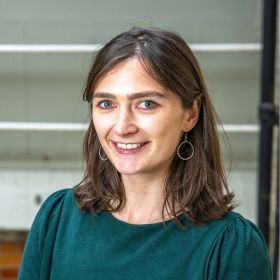
Kate Turley
Author
Kate Turley is a PhD researcher and industrial fellow at Ulster University & Chroma Lighting. Kate is researching how dynamic lighting can help to support the body clock of people living with dementia. Kate’s background is in physics and computer science, so the ongoing race to develop assistive health tech for people living with dementia was a huge motivator behind her decision to focus on this subject for her PhD. Outside her studies, Kate is an expert solitaire player.

 Print This Post
Print This Post